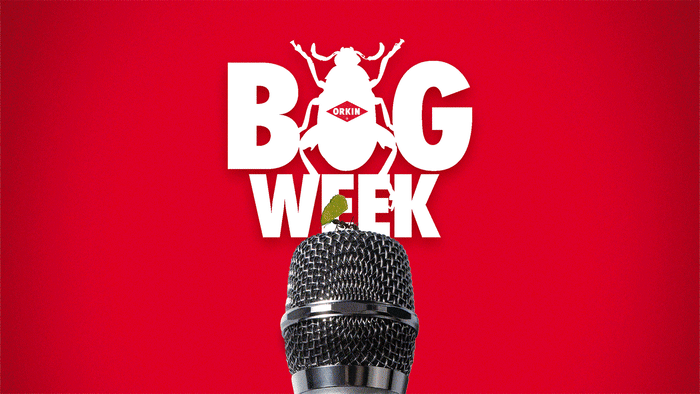Orkin’s 2023 Pest Season Predictions
To kick off Bug Week 2023, observed April 10–14, Orkin announced the inaugural National Pest Season Prediction Day and released its prediction for the 2023 pest season. Dr. Ron Harrison, PhD, entomologist and Director of Technical Services at Orkin, delivers the 2023 Pest Season Prediction by region.
Each spring, pests begin to emerge from their winter hideouts, descending upon businesses around the country. As the leader in commercial pest control, Orkin is consistently looking for new and innovative ways to help people across the country proactively protect their properties from pest pressures. Below you’ll find Orkin’s official Pest Prediction for each region of the country during the spring and summer.
Southeast
-
Above-average precipitation and temperatures last fall led to a mild winter, which will increase flying pests such as carpenter bees and other nuisance flies like house and blow flies.
-
Because of the increased moisture, we’ll see more mosquitoes this spring in addition to earwigs, spiders and millipedes. Recent cold weather will delay pest activity only briefly.
Northeast
-
After an unusually warm January and above-average moisture from winter storms and snow, properties may see carpenter bees, ladybug beetles and stink bugs earlier than normal.
-
Once evening temperatures hit 60-70 degrees, most pest activity will increase—including termites, which are likely to swarm earlier due to the higher temperatures. Recent data indicates that increased termite swarms happen after drought.
-
Mosquitoes overwintered in standing water because of mild temperatures.
-
Property managers can also expect to see increased activity from carpenter ants.
Midwest
-
A warm, wet fall brought an unseasonably warm winter with below-average snowfall, which may have allowed for higher populations of pests to survive the winter.
-
If increased moisture persists into spring, it will provide perfect mosquito breeding sites and trigger increased activity in ants. The recent cold snap will delay pests in areas with limited snow cover.
-
Property managers may see fire ants move further north, and they should expect to see termites start to swarm after the rainstorms of April and May.
Southwest
-
A warmer winter and increased moisture levels are the perfect combination to trigger activity in scorpions and other desert animal populations.
-
There should be increased termite swarms following the drought.
-
Mosquitoes will also be an issue due to increased moisture and higher temperatures, and the same conditions will trigger activity from large cockroaches as well.
-
Property managers will need to be on the lookout for fire ants, which build mounds above the ground when the water table rises.
-
We expect many fly species, such as house and blow flies, to have increased populations.
Northwest
-
Property managers will be dealing with more mosquitoes and flies (and earlier swarms of them) thanks to increased moisture.
-
The recent mountain snows will provide long-term moisture for pests in the spring and summer, such as millipedes and ground beetles.
-
Carpenter ants will be especially active in the Northwest this spring.
-
The increase in insects will provide food for predators such as spiders and centipedes.
For more than 120 years, Orkin has been committed to informing business owners about what pests they can expect to encounter during peak pest season and how an Orkin Pro™ can help tackle tough pest introductions and infestations on your property. To learn more about the commercial pest control services Orkin offers for the pest pressures outlined above, schedule a free inspection today.
